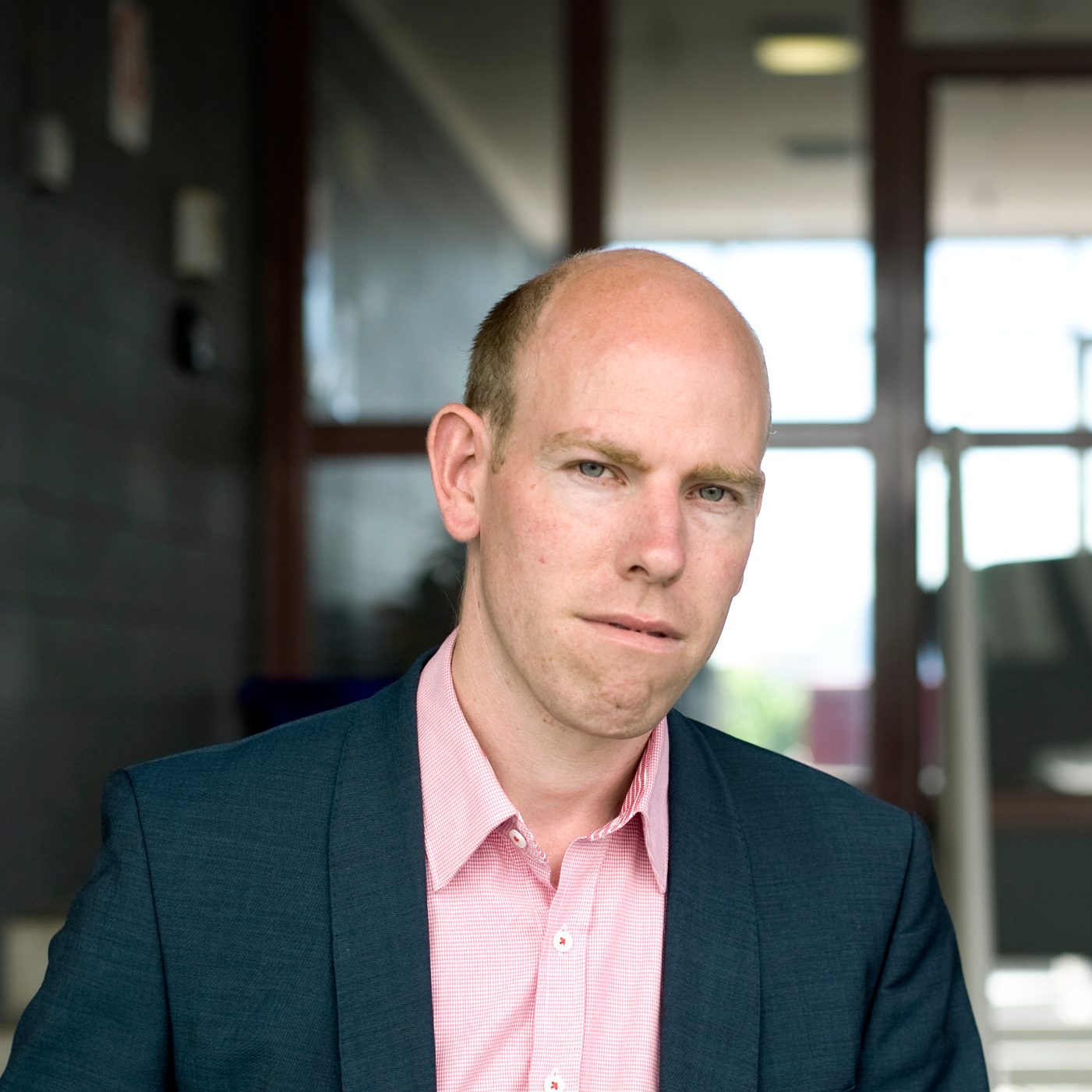Eroica
New Zealand Symphony Orchestra
Sunday, 27 September
Reviewer: Max Rashbrooke
In a stop-start year for live classical music, this was another start, a rescheduled programme at the unusual time of 1.30pm on a Sunday. Not that that seemed to dampen the enthusiasm of a (slightly sparse) New Zealand Symphony Orchestra crowd.
First up they were treated to the piece Remember Parihaka by the contemporary New Zealand composer Anthony Richie, a meditation on the Crown’s 1881 invasion of the settlement led by Te Whiti and Tohu. It was a beautiful and brief piece of tone-painting, the opening splendidly still but with a hint of unease amplified – fortuitously – by the wind howling outside the Michael Fowler Centre. Mixing notes of warmth with clashing rhythms, it celebrated the heroism of that famously non-violent community while remaining alive to the very real hurt still felt through the generations.
The focus of the first half, however, lay with Sibelius’s Violin Concerto, the solo being performed by NZSO Concertmaster Vesa-Matti Leppanen. It was a technically assured performance, featuring some moments of exquisite gentleness, especially in the second movement. For the orchestra’s part, the first movement’s crisp horns and tender woodwinds were among the highlights. Overall, however, I couldn’t help thinking that it lacked the emotional impact and depth of musicality of the Dutch violinist Janine Jansen’s spellbinding version back in 2017. Though I might have been in the minority, given the multiple rounds of applause Leppanen was accorded.
In the second half came the titular piece, Beethoven’s much-loved Eroica Symphony. Visiting conductor Miguel Harth-Bedoya, also greatly appreciated on these shores, gave his interpretation a faintly military cast, keeping the orchestra thoroughly on point and emphasising the robust, hard-edged contours of the work. The opening was brisk and crisp, energetic and confident, though I would have enjoyed some moments of greatest sweetness, a willingness to play up the gentler counterpoints to the more martial overtones.
The second movement’s famous funeral march was even better delivered. Aside from a few entries that could have been more clearly delineated, especially in the strings, the movement’s basic mood – a defiant sadness, you might call it – was well brought out. Harth-Bedoya handled the rhythmic complexity with great confidence, and the long, slow build-up of tension was beautifully executed.
In the third movement scherzo, the call-and-answer passages between different sections felt unbalanced, the horns almost overpowering the others. But still there was the relentless, humming energy – like a murmuring swarm of bees – that this movement demands. The final movement was the perfect capstone to the performance, springing with energy but also clear and coherent. No interpretation will ever convince everyone, but if it is internally consistent – if it connects across the entire performance – then it is much harder to argue with, and this rendition certainly had that merit.



 New Zealand Symphony Orchestra: Music Legend To Conduct Bach, Beethoven And Mozart With NZSO
New Zealand Symphony Orchestra: Music Legend To Conduct Bach, Beethoven And Mozart With NZSO Ministry of Health: Ministry Of Health To Look Further At Waikato Hospital Event
Ministry of Health: Ministry Of Health To Look Further At Waikato Hospital Event Emirates Team NZ: Statement From Emirates Team NZ On Auckland Hosting Of 38th America’s Cup
Emirates Team NZ: Statement From Emirates Team NZ On Auckland Hosting Of 38th America’s Cup PPTA Te Wehengarua: Draft English Curriculum Lacks Connection With Reality
PPTA Te Wehengarua: Draft English Curriculum Lacks Connection With Reality Oratia Books: Revised Edition Of Much-praised History Examines The Great War Experience Of New Zealand, Australia And Canada
Oratia Books: Revised Edition Of Much-praised History Examines The Great War Experience Of New Zealand, Australia And Canada Brain Injury NZ: Creating Solutions - ID Card For People With Brain Injury Launched
Brain Injury NZ: Creating Solutions - ID Card For People With Brain Injury Launched